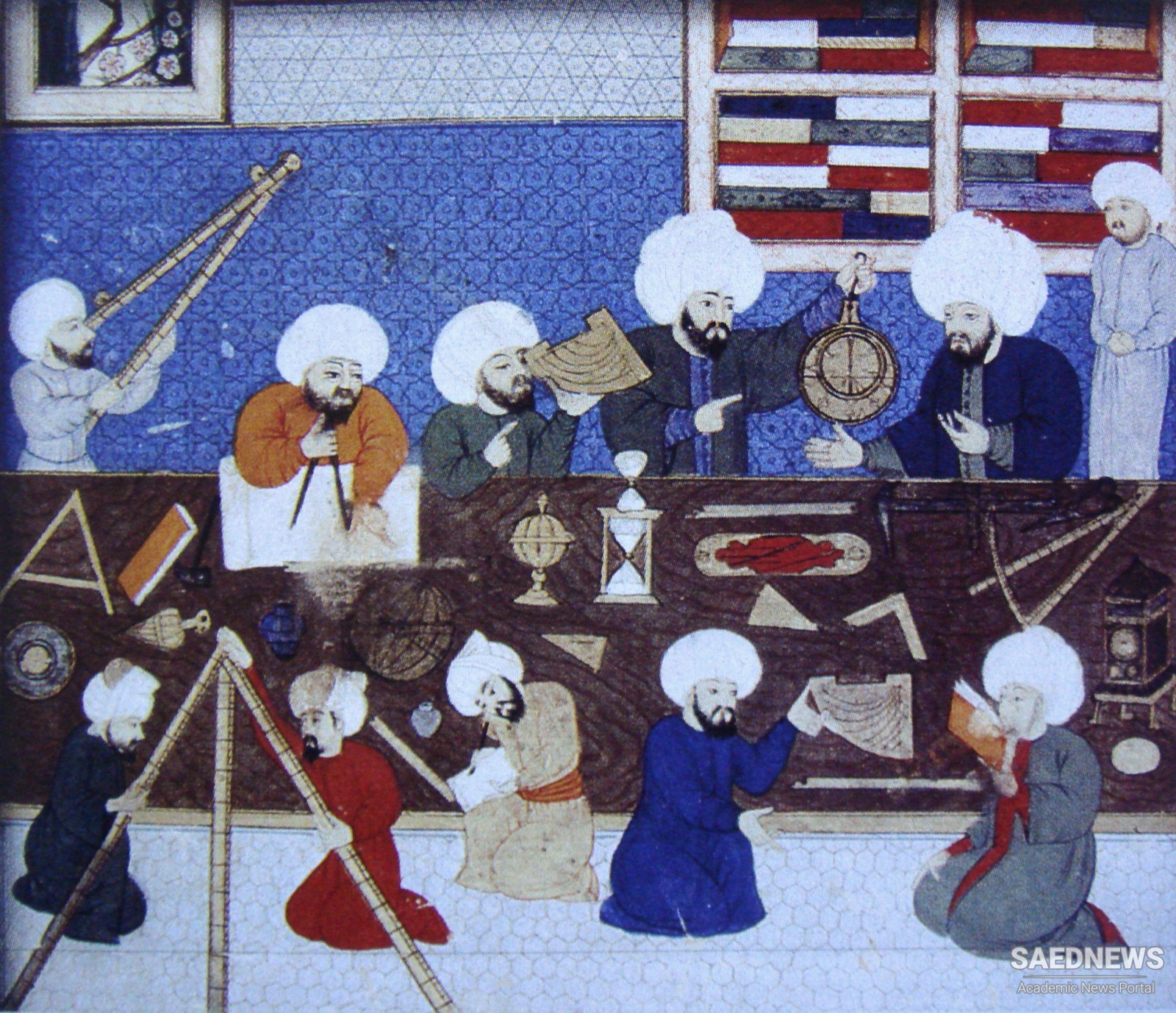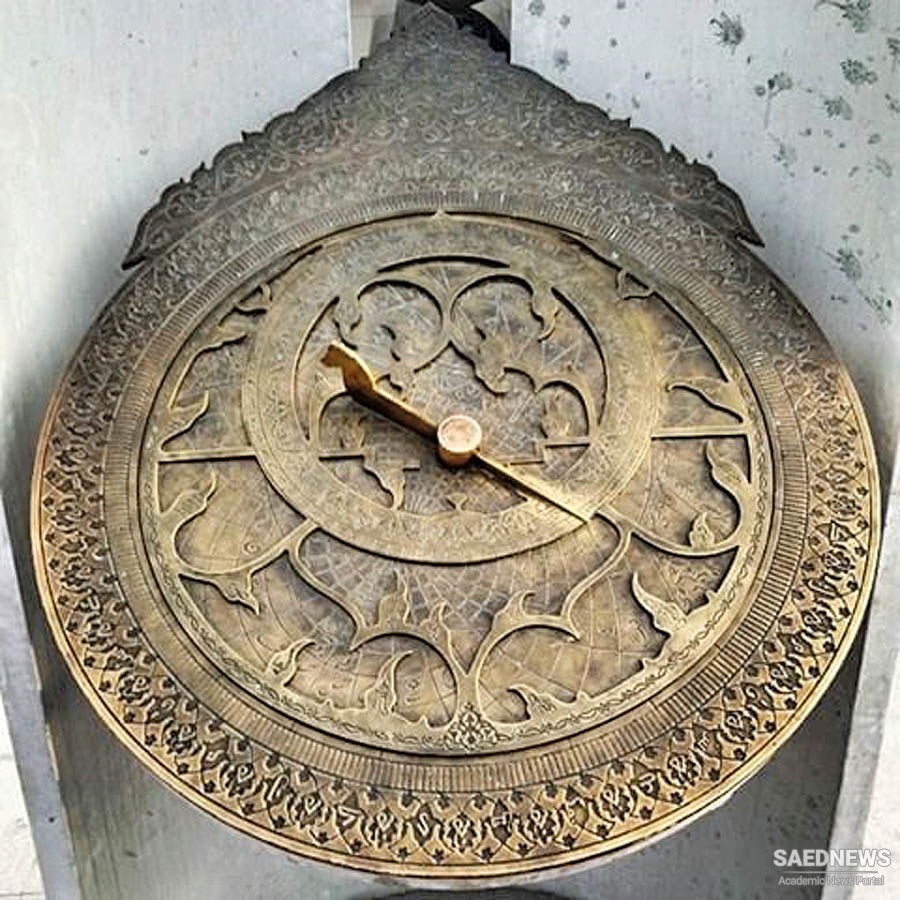Fazārī played a pivotal role in the initial development of the Arabic astronomical tradition from Indian, Sasanian, and Greek sources, but almost nothing of his own works remains with us. Not even his identity is entirely certain: there was some ambiguity among medieval biographers as to whether “Ibrāhīm ibn Ḥabīb al‐Fazārī” and “Muḥammad ibn Ibrāhīm ibn Ḥabīb al‐Fazārī” were two different people, namely father and son. It is now assumed, however, that the various references to the astronomer Fazārī mean the same individual.This individual was apparently a descendant of an old family in Kūfa (near Najaf in modern Iraq) and worked on astronomy and astrology – particularly the composition of astronomical handbooks with tables for computing celestial positions (zījes) – at the court of al‐Manṣūr (reigned: 754–775) and later ʿAbbāsid caliphs. He helped supervise the casting of the horoscope that selected the auspicious date for the founding of Baghdad in 762. In the early 770s, at the caliph's request, he collaborated in the translation of a Sanskrit astronomical text brought to Baghdad by an Indian astronomer. Fazārī based his Zīj al‐Sindhind al‐kabīr (Great astronomical tables of the Sindhind; from Sanskrit siddhānta, “system” or “treatise”) on that work. Probably a decade or so later, he wrote another zīj entitled Zīj ʿalā sinī al‐ʿArab (Astronomical tables according to years of the Arabs). Fazārī also composed – apparently in imitation of the style of Sanskrit technical treatises in metrical verse – a long poem on astronomy and/or astrology, Qaṣīda fī ʿilm (or hayʾat) al‐nujūm (Poem on the science [or configuration] of the stars). Some scattered remarks on these works, with occasional citations from them, are found in the works of later authors (Source: The Biographical Encyclopedia of Astronomers, Springer).



 Muhammad Ibn Musa Al Khawarizmi (Algorithmi): Mathematical Genius and Founder of Algebra
Muhammad Ibn Musa Al Khawarizmi (Algorithmi): Mathematical Genius and Founder of Algebra














































